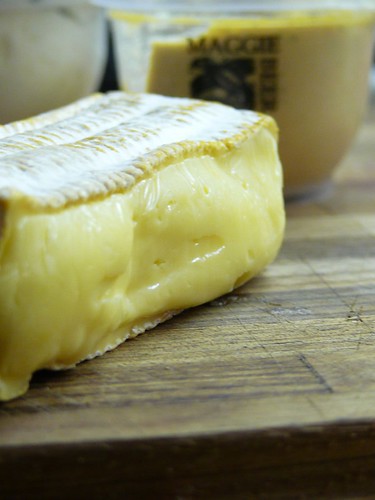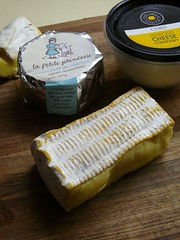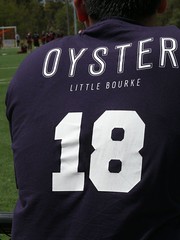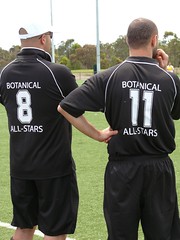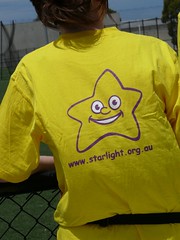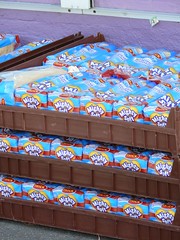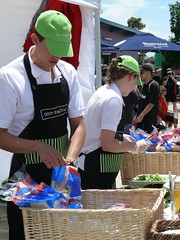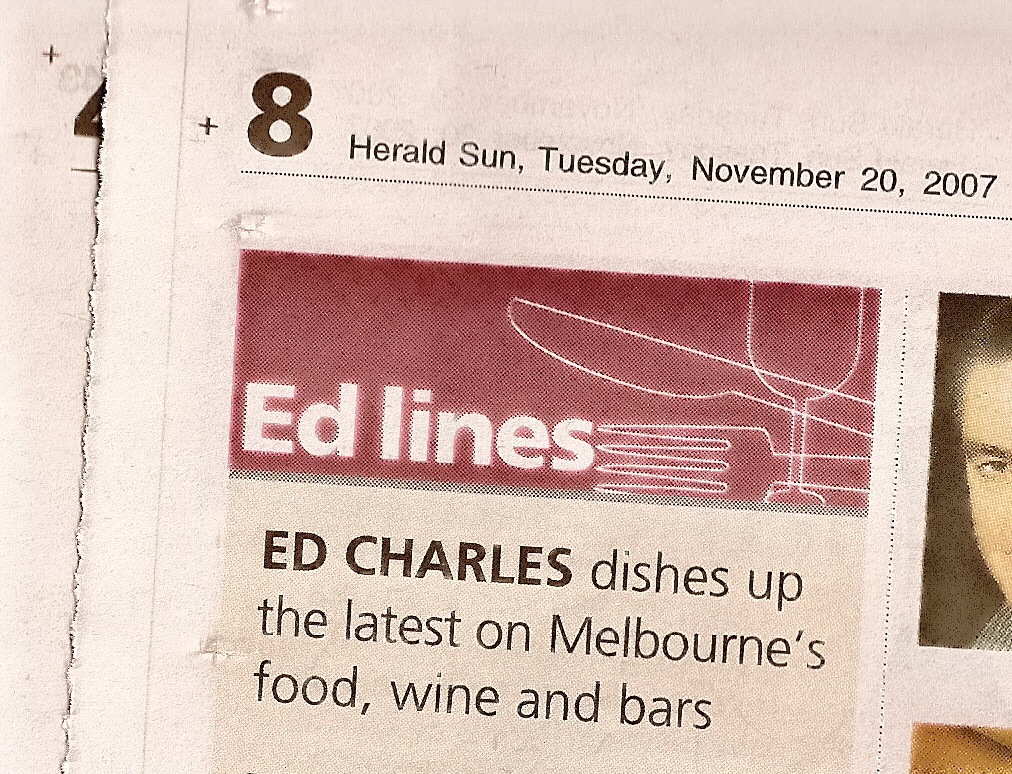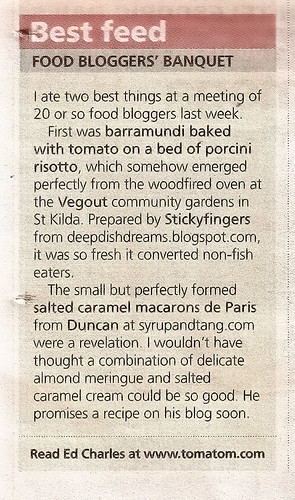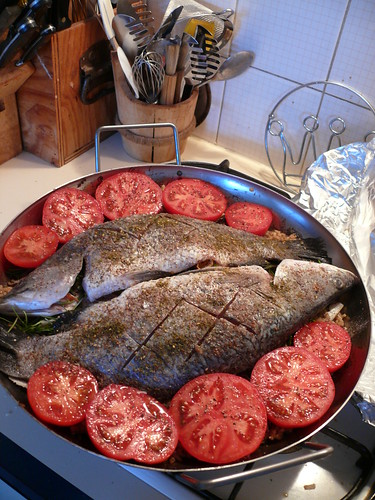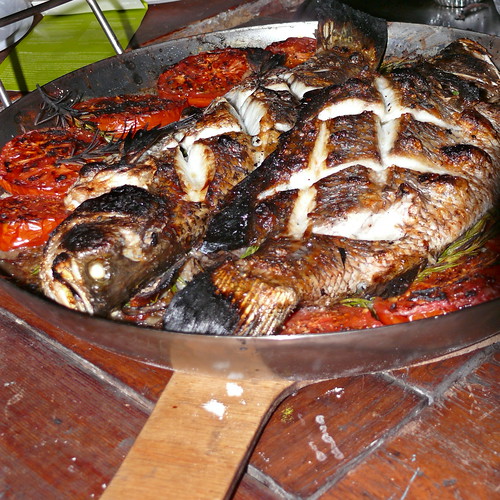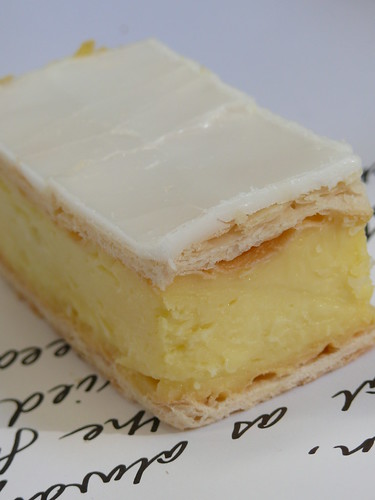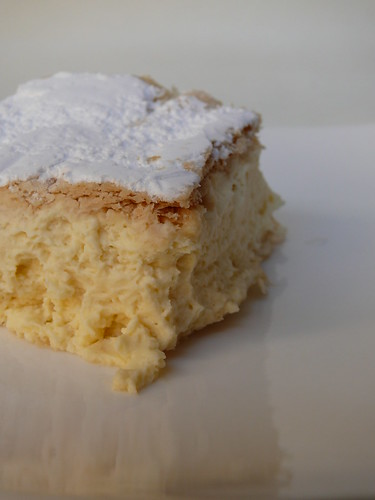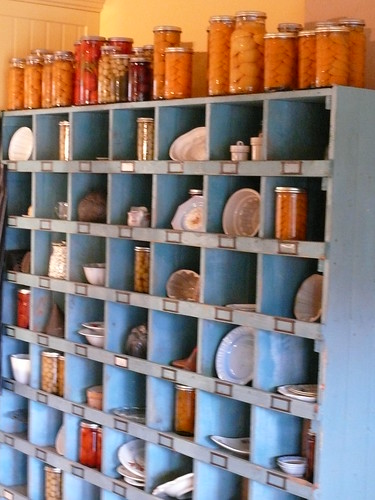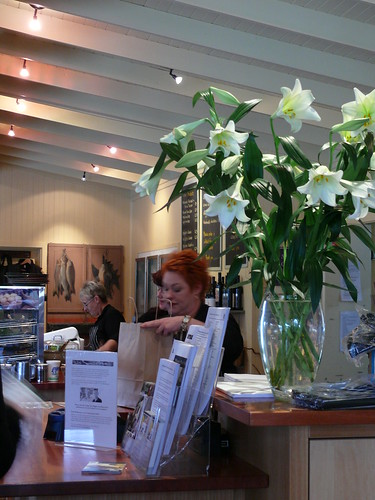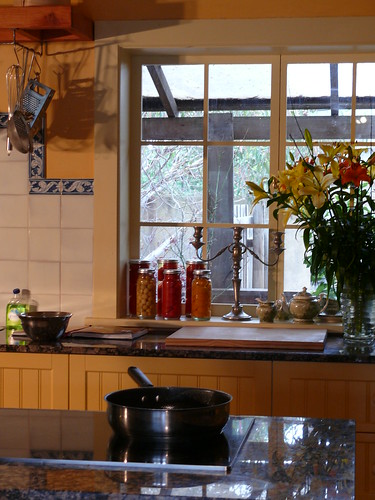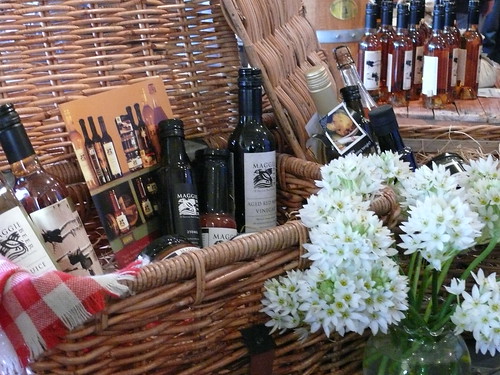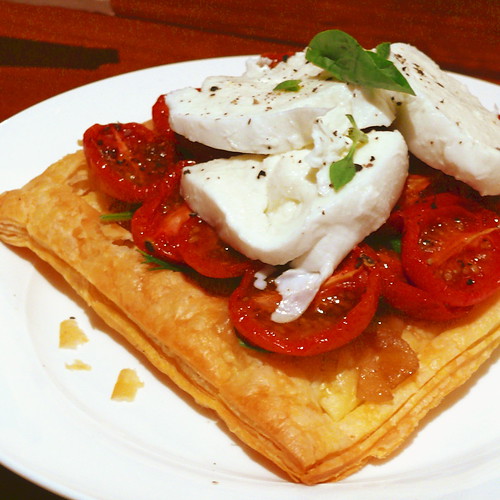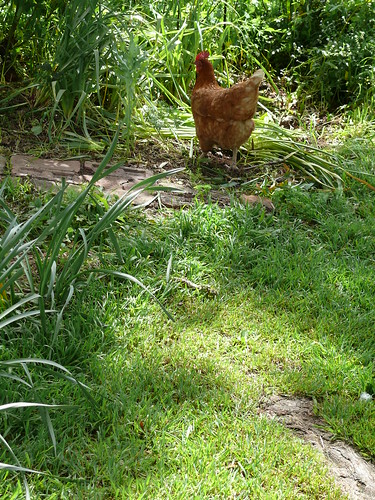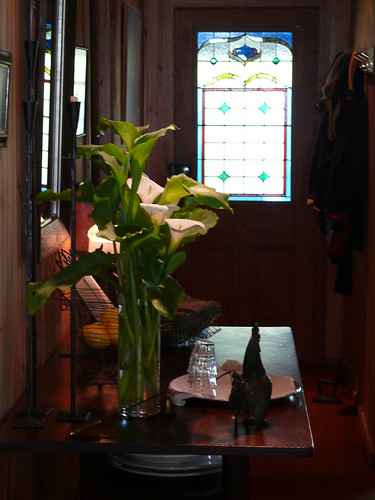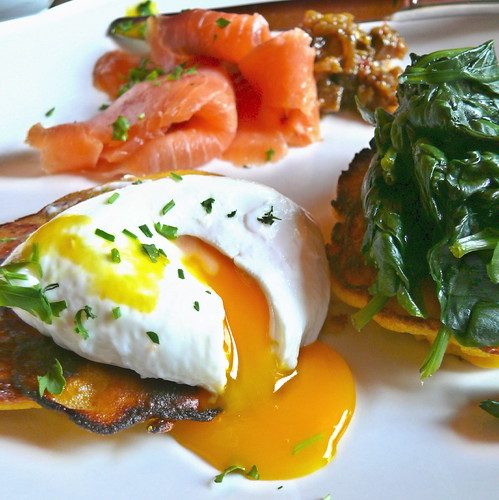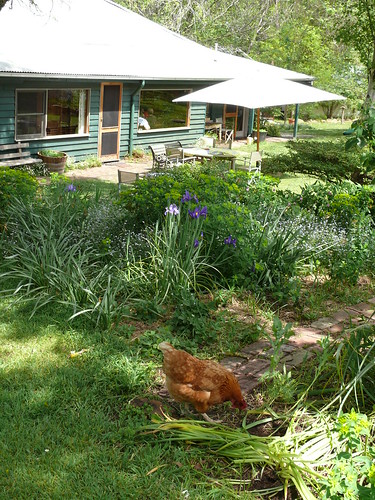Things that make my kitchen special
by Maggie Beer
- My red gum chopping boards
- My rolling pin with ball bearings in the end
- My long marble bench
- My very old refrigerator – 2 door stainless steel that was made obsolete from the Pathology Department at the University
- My coffee machine and coffee grinder
- My iron pot hanger
- My oscar food processor
- A Zester that really works
- My truffle shaver for that trip to Italy every now and then
- Stainless steel sets of measuring cups and spoons
- An Alessi timer
I dip a tiny little plastic ice cream spoon into a plastic pot. Salmon, cream and dill wash over my palate: go-ood. Another spoon, another pot: star anise and duck livers melt in my mouth leaving a smooth burgundy piece of agar with no flavour.
It’s 1.45pm on a Sunday in the Barossa Valley. Seventy people are crowded into Maggie Beer’s Pheasant Farm Shop provedore overlooking her dam. The sky is dark and the venue seems over run by buxom women of a certain age with short funky hair cuts and kooky glasses, some holding fort behind the counter, while others ride the crush of the room, tasting, reading jars and bottles, and flipping through Maggie’s latest cookbook. Clearly all are Maggie Beer Groupies.
At the bare wooden tables families sit with samplers of the simple fare on offer consisting of pastry, pậtés and terrines prepared by Maggie’s team. I wander, I look, I taste. Nothing new, everything here is available at my usual providores back home for cheaper than the prices marked here. I want to visit the pheasants but a member of our party is desperate to leave, hungry and irascible - an inevitable consequence of a big session of wine tasting sans spittoon.
As we leave, a member of the staff announces that a cooking demonstration will be held next door and the women in our group are sucked back through the dense crowd into the newly opened vacuum that is Maggie’s kitchen studio, the place where filming of her cooking show ‘The Cook and the Chef’ with Simon Bryant, Executive Chef of the Adelaide Hilton, takes place. This is the room that replicates Maggie’s home kitchen for the purposes of taping the TV show. Instead of overrunning the Beer household, the studio space allows for the dozen people that make up a television crew for twelve hours of shooting in one session, in relative comfort and convenience.
As Andrew, the staff member in Chef’s blacks, leaves the room to hustle for more attendees, Mr Stickyfingers wanders in with his mates, and leaping off my plywood stool I hand him my camera, race behind Maggie’s counter and pose for a few photos. When Andrew re-enters and assumes his position to give us the hard sell on verjuice, he tells the rest of the assembled audience that they are welcome to do likewise after the demonstration.
For me the buzz is just to be in this kitchen. I love the play of eccentricities and clash of cooking styles that the TV show brings to light. As a Eurasian raised on fine dining, Asian, Fusion and rustic Hungarian cuisine, I see my cooking style as encompassing both Maggie and Simon’s idiosyncratic leanings and I hungrily devour the shows regardless of whether there is any knowledge they can impart that I have not already been exposed to. The interplay of personalities is what carries me enthralled through their half hour session.
But here, in the studio, I find the class a huge yawn. It is evident that this is a selling tool for Maggie’s products and would most probably have lasted longer than ten minutes had Andrew been equipped with the appropriate selling tools of ‘Vino Cotta’, olive oil etc, etc. To his credit Andrew gives her latest book a good plug and tells us that the fabric covering is Scotchgarded against kitchen spills.
He goes on to enlighten us that since the launch of the book last week, Maggie is on an exhaustive 5week promotional tour, including an appearance on Kerrie-Anne Kennerley. Mr Stickyfingers jokes to the class that she is elbowing Kevin Rudd out of the way at election campaign trail engagements, receiving a rumble of laughter from the room.
As Andrew roasts tiny pieces of fennel and tosses Swiss brown mushrooms through buerre noisette and splashes them with verjuice, my eyes drift unattentive of his efforts, distracted by the ABC TV Art Department’s dressing of the set. I see Kylie Kwong’s books on the shelf, artfully arranged Fowler’s Vacola bottles of preserved stone fruit and tomatoes, a large mixing bowl, utensils hanging from a range hood, jars of wooden spoons, bowls of nuts and garlic and a vase of fresh flowers. The sunny yellow walls are lit with a rig left behind by the film crew, to give - at Maggie’s suggestion - a more theatrical feel to the ensemble.
Again I am immune to the charms of the arrangement, having spent 20 years on photographic TV and film sets, but I am fascinated by both the attention to detail and the styling of the scenario. The rustic stripped cornflower blue shelves filled with jars, antique ceramics, jelly moulds and knick-knacks to the right are a cute touch, offsetting the yellow, cream and black surfaces, and the dark granite modern counter that has taken the place of Maggie’s long wooden kitchen bench at home.
On an old kitchen table - painted cream - are a bowl of hazelnuts sitting companion to an old set of scales that appear to be purely decorative. I stare at the French doors that Maggie escapes through when Simon cooks off Chilli at ferocious temperatures and study the tiles under the rack of hanging utensils, which have taken the place of the rack of pots and pans, which hang over the centre bench in Maggie’s home kitchen.
Suddenly the cooking demonstration is over and the class swarms toward the granite counter to sample the fennel and mushrooms. The greediest of the viewers nudge their way in and linger, hovering to eat piece after piece, while behind them others are champing at the bit. My beloved and I play model and photographer again, until sighting another in our party with itchy feet we are forced to tear ourselves away.
Maggie’s marketing machine is still in full flight as we leave and the tourists are swarming for goodies they can most probably pick up closer to home. Some lament her decision to close her restaurant while others look at the chalkboard thinking that they couldn’t face yet another of The Barossa’s ubiquitous tasting platters.
With the ire of ‘the hungry one’ rising quickly, we move on to Blond’s in Anguston - a slice of the city that takes advantage of the fantastic local produce, in a cute, rustic town. As well as being yet another regional provedore selling sublime Carême Pastry (Stephanie Alexander declared that she’d never make puff pastry again after trying their All Butter Puff Pastry made with unsalted Belgium butter), local Germanic smoked meats and small goods, pasta, Ortiz Anchovies, hand made pastas and the inevitable jars of pickles, jams, sauces etc they incorporate these goodies into their small menu.
Blond’s serves excellent coffee, cake, brekkie and light meals. It is here we finally take the edge off our hunger with simple dishes made with exceptional local produce, resting our palates after a rigorous morning that saw us sampling over 20 wines and looking for an afternoon siesta.
Blond Store & Coffee, 60 Murray Street, Angaston, South Australia
Maggie Beer’s Pheasant Farm Shop,
Pheasant Farm Road - off Samuel Road, Seppeltsfield, South Australia

